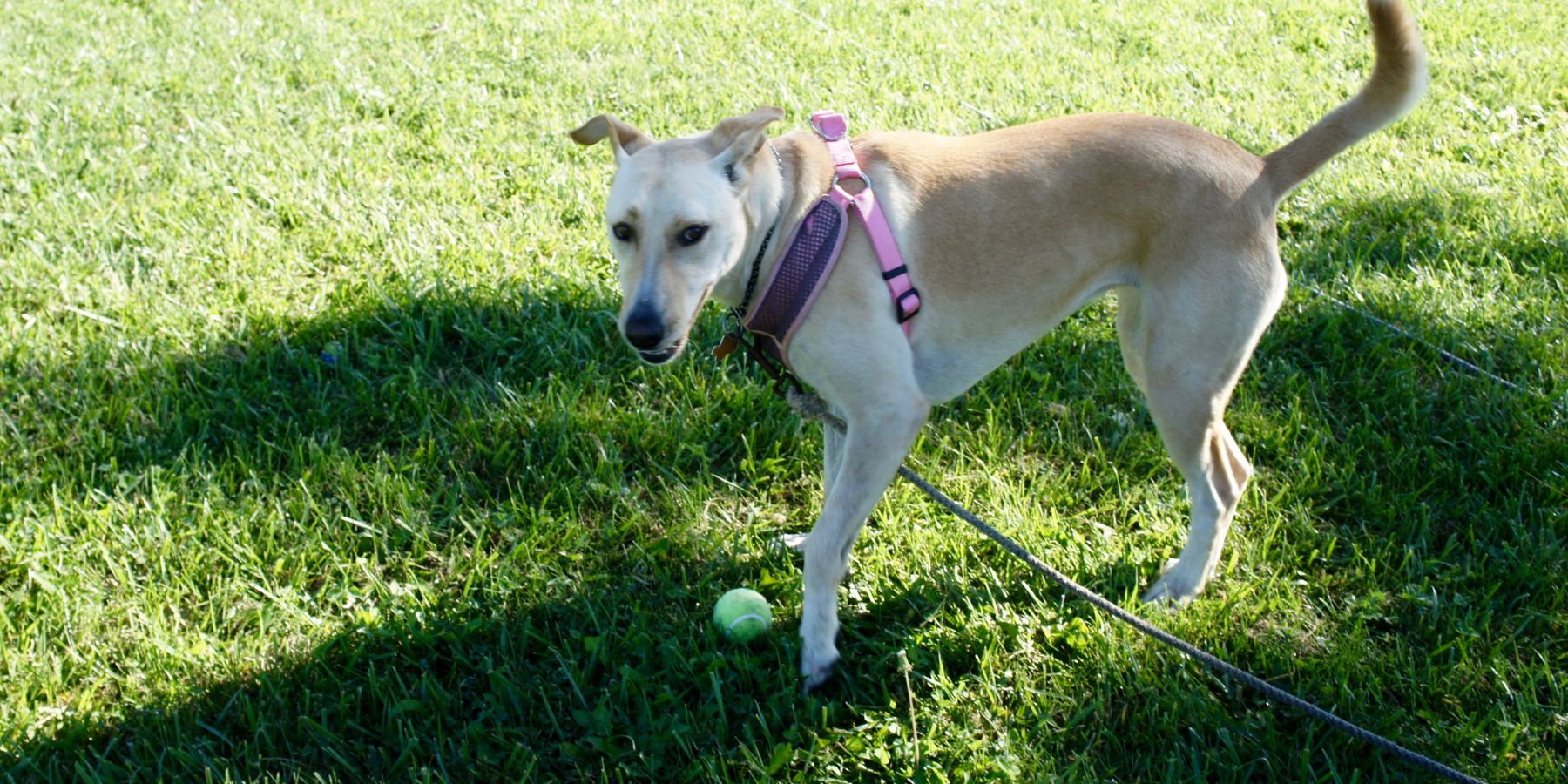When it comes to training your furry friend, finding the right tools can make a world of difference. One such tool that has gained popularity is the front-clip dog harness. In this article, we'll explore whether front-clip dog harnesses are effective for training and provide guidance on how to put a dog harness on for optimum results.
The Role of Front-Clip Harnesses
Understanding the Purpose
Front-clip harnesses are designed with a leash attachment point located on the dog's chest, typically right above their shoulders. This positioning offers some unique advantages for training:
1. Reduced Pulling
Front-clip harnesses discourage pulling because when your dog attempts to pull ahead, the harness redirects their body to the side, making it more challenging to maintain forward momentum.
2. Improved Control
With the leash attachment at the front, you have better control over your dog's movements, especially if they tend to be excitable or strong pullers. It allows you to guide them more effectively.
3. Less Pressure on the Neck
Unlike traditional collars, which can put pressure on a dog's neck, front-clip harnesses distribute the force across the chest and shoulders, reducing the risk of neck injuries.
4. Training Opportunities
Front-clip harnesses can be valuable tools for training because they enable you to redirect and guide your dog's behavior more easily during walks.
How to Put a Dog Harness On?
Using a front-clip harness effectively starts with knowing how to put it on correctly. Here's a step-by-step guide:
Select the Right Harness: Choose the appropriate size and type of front-clip harness for your dog. It should fit snugly but not be too tight.
Open the Harness: Lay the harness flat with the front attachment point facing up.
Position Your Dog: Guide your dog to step into the harness one leg at a time, ensuring proper orientation with the front attachment centered on the chest.
Fasten the Harness: Lift the harness over your dog's back and secure the buckle or clips. Adjust the straps for a snug yet comfortable fit, allowing space for two fingers.
Attach the Leash: Connect the leash to the front D-ring securely to prevent accidental escapes.
Check for Comfort: Gently tug the leash to ensure the harness doesn't cause discomfort or chafing, allowing your dog to move freely. This ensures a secure and comfortable fit for training and walks.
Are Front-Clip Dog Harnesses Effective for Training?
Exploring Their Effectiveness
Front-clip dog harnesses can indeed be effective tools for training, but their effectiveness may vary depending on your dog's personality, training goals, and consistency in using the harness correctly. Here's a breakdown of their benefits and considerations:
Benefits:
Reduced Pulling: Front-clip harnesses are known for their effectiveness in reducing pulling during walks. They redirect your dog's momentum when they try to pull ahead.
Enhanced Control: With the leash attachment point at the front, you have better control over your dog's movements, making it easier to guide them and maintain focus during training.
Less Neck Strain: These harnesses distribute pressure more evenly, reducing the risk of neck strain or injuries compared to traditional collars.
Training Support: Front-clip harnesses can aid in training by allowing you to correct and redirect your dog's behavior more effectively.
Considerations:
Training Consistency: The effectiveness of a front-clip harness depends on consistent training and reinforcement of desired behaviors. It's not a standalone solution but a tool to assist in training.
Individual Variation: Some dogs may respond better to front-clip harnesses than others. Each dog has a unique personality and learning style, so it's essential to find what works best for your pup.
Training Goals: The effectiveness of front-clip harnesses may vary depending on your training goals. They are particularly useful for loose leash walking and teaching your dog to walk politely.
Positive Reinforcement: Combine the use of a front-clip harness with positive reinforcement training techniques for the best results.
Wrapping Up
Front-clip dog harnesses can be effective tools for training and managing your dog's behavior during walks. When used correctly, they provide benefits like reduced pulling, improved control, and less neck strain. However, their effectiveness may vary depending on your dog's personality and consistency in training.


